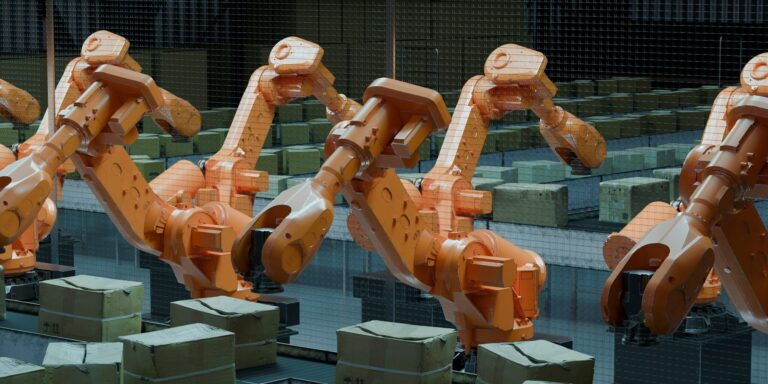SEATTLE — Amazon has reached a significant milestone in its pursuit of automation, with over 1 million robots now operating across its global fulfillment network. This development brings the company’s robotic workforce close to matching its human employee count of approximately 1.56 million, marking a pivotal shift in the e-commerce giant’s operational dynamics.
The integration of robotics into Amazon’s logistics and fulfillment centers has been a strategic move to enhance efficiency and reduce operational costs. Currently, robotic systems assist in approximately 75% of Amazon’s deliveries, handling tasks such as packaging, sorting, and transporting goods within warehouses. This extensive use of automation has led to a decrease in the average number of employees per facility, dropping to around 670 last year—the lowest in 16 years.
Amazon’s commitment to automation is further exemplified by the introduction of advanced robots like Vulcan, which possesses tactile capabilities, allowing it to handle items with a sense of touch. Such innovations are designed to improve worker safety and efficiency by taking over repetitive and physically demanding tasks.
While automation has streamlined operations, it has also prompted concerns about job displacement. Since 2022, Amazon has laid off nearly 28,000 employees, and CEO Andy Jassy has indicated that the corporate workforce may shrink further due to AI-driven efficiencies. In a recent memo, Jassy stated that as the company continues to roll out generative AI and agents, it expects to reduce its total corporate workforce over the next few years.
Despite these reductions, Amazon emphasizes that automation also creates new job opportunities, particularly in AI development and robotics. The company has listed over 500 job openings related to robotics, including roles focused on developing machine-learning capabilities and tools for robotic behavior. Jassy highlighted that AI would enhance employee productivity by reducing routine tasks, enabling staff to focus on more strategic and creative aspects of their work.
Amazon’s investment in automation is part of a broader trend in the tech industry, where companies are increasingly leveraging AI to improve efficiency and reduce costs. As the company continues to evolve its operations, the balance between automation and human labor remains a critical consideration, with implications for the broader labor market and the future of work.



